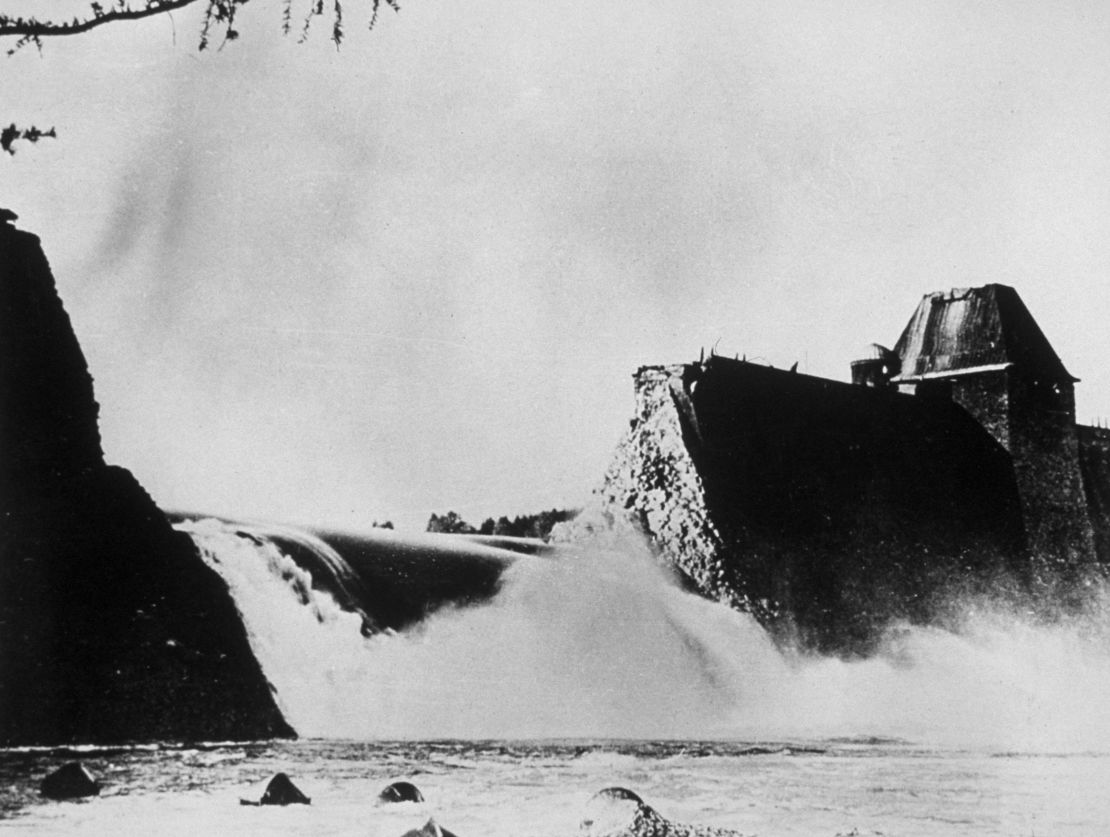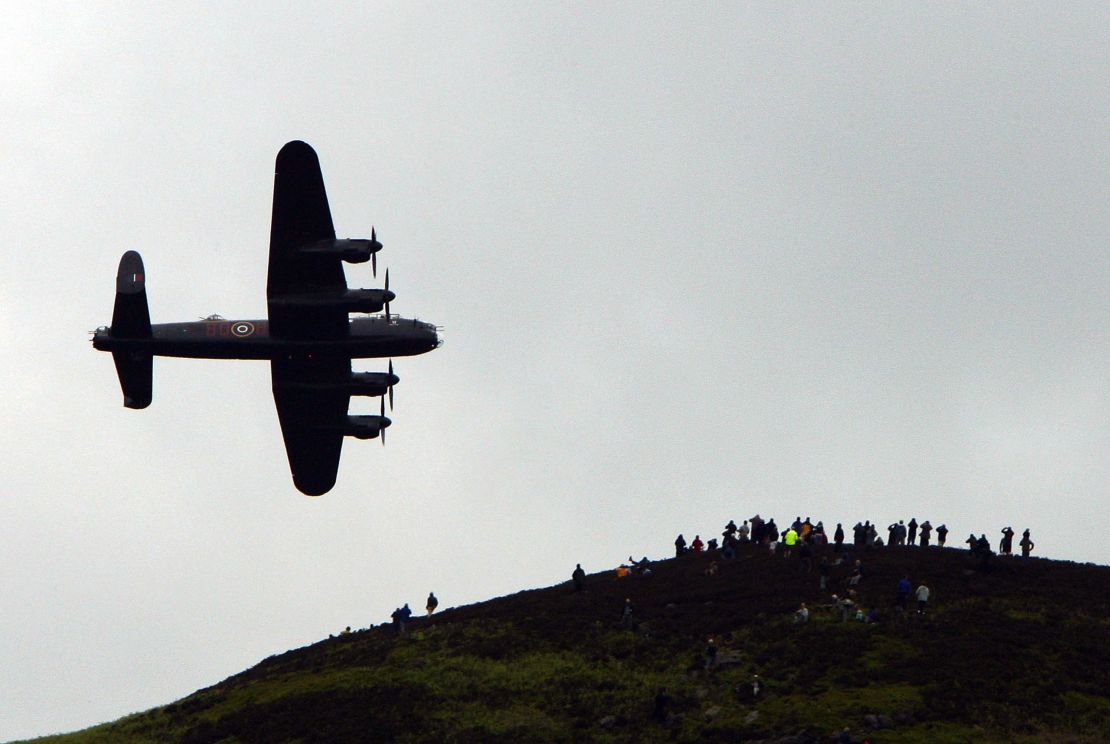Story highlights
Les Munro was part of 617 Squadron, which attacked three dams in Nazi Germany
The famous 'Dambusters' used Barnes Wallis' experimental 'bouncing bomb'
The last surviving pilot of the RAF’s legendary “Dambusters” bomber squadron has died in his native New Zealand at the age of 96.
“Our New Zealand Bomber Command Association Patron, and well known Dambuster pilot, Les Munro passed away last night following a spell in hospital with heart problems. So, so sad. He was a mighty man,” the association said on its Facebook page Tuesday.
Part of 617 Squadron, Munro was involved in Operation Chastise – one of the most daring missions of World War II – when the RAF attacked three vital power-generating dams – Sorpe, Mohne and Edersee – in Germany’s industrial Ruhr region using Barnes Wallis’ famous “bouncing bomb.”

During his flight to the Sorpe dam on May 16, 1943, Munro’s Lancaster bomber was hit by flak over the Netherlands and forced to turn back. The difficult approach to Sorpe meant that it incurred only minor damage from the remaining bombers. But the Mohne and Edersee dams were hit and breached. The resulting floodwaters brought chaos to the region, with factories, power stations, road and rail bridges damaged or destroyed.
According to the RAF, the Germans were forced to draft in tens of thousands of workers to repair the damage, including at least 7,000 workers redeployed from construction work on the Atlantic Wall defenses with direct positive results the following year during the D-Day invasion.
Eight aircraft and 53 of 133 crew were lost in the raid. The mission was later immortalized in the movie “The Dambusters.”
Great boost
Speaking to the RAF in 2013, Munro explained why he thought the Dambusters raid had captured the imagination of the public at that time.
“From an operational point of view it was successful but the main point in my opinion was the morale of the English people. The land war hadn’t been going to well so the success of the dams raid was a great boost to the English people.”

But he said the mission left him and his crew with a bittersweet feeling of success.
“Those that survived were disappointed so many had lost their lives; there was a certain degree of sadness by those that had come back. We were losing crews on ordinary squadrons before we got to 617 Squadron; seeing their crews they were drinking with one evening and were not there the next evening, you become accustomed to it and you couldn’t allow that to effect your ability to operate the next day. The crews that did survive celebrated the fact that the Mohne and the Eder had both been breached and the main objective of the operation had been successful.”
Munro went on to take part in a number of other missions later in the war, including Operation Taxable, one of the many tactical deception ploys used by the Allies to confuse the Germans about the actual location for the D-Day invasion.
On hearing Tuesday’s news, New Zealand Prime Minister tweeted: “Really sad to hear of Les Munro’s death, New Zealand has lost a remarkable man who led a remarkable life.”

